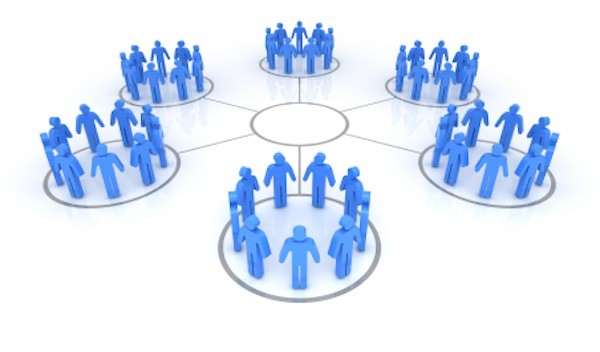My colleague and friend Avi Dan wrote a post for Forbes in September this year titled “Dedicated, Single-Client Agencies Are Like Arranged Marriages, And Just As Exciting”. In it he equates the recent trend of having the agency holding company decide which agencies and agency personnel will be working on your business, like the parent choosing a partner for you in an arranged marriage.
Recently there has been quite a lot of discussion about the idea of a single, one-stop shop, lead agency custom built to the clients needs. WPP has been leading this ‘team’ approach with global marketers including Colgate-Palmolive 2010, News International 2012, Bank of America 2012, Miller Coors 2012, Ford 2006 and Mazda 2010.
But just how successful is this approach? Following the very public failure of Enfatico for Dell Computers, has WPP found the solution?
Now as Avi maintains, the advantage of a single, one-stop agency shop is obvious – Command and Control.
No need to manage multiple agencies, have multiple briefings or manage multiple invoices and just one throat to choke if something goes wrong.
But what are the downsides of having an agency custom built to your needs? And believe me there are, because to date few of these arrangements last.
1. Culture
Advertising agencies have a defined culture. The culture is defined by the principals of the agency in a start up, usually a group of industry professionals bought together by shared values. In established or corporate agencies the culture is set by the history which influences the type of people working there and the senior leadership selected.
In a created agency, the senior management are usually drawn from across a range of other agencies, coming from diverse cultures and put together much like the arranged marriage that Avi referenced. And before Marian Salzman points out that arranged marriages are more successful, remember that this is between two parties. In an agency management structure, across multiple markets, the complexity means the chances of success are less.
Of course a new, custom built agency can create their own culture over time, but the trend is to fill the senior management with significant expertise, which often leads to conflicting points of view and power struggles that can pull the agency a part.
2. Creativity
One of the strengths of the traditional agency structure is that it creates an environments for cross pollination of ideas across multiple categories, which encourages creativity and innovation. Exposure to multiple ideas becomes the stimuli for new ideas.
Yet when an agency is dedicated to solving the problems and addressing the challenges of a single client there is no longer this opportunity. Rather than the constant stimulus of being surrounded by colleagues solving different but similar issues for other clients, they need to draw on their collective expertise.
Even when there is a dedicated team within an existing agency, there is still the physical opportunity for cross pollination with shared resources in other areas of the agency.
3. Burn out
The promise of the purpose built agency is that you can get the best people working on your business exclusively. It is true that you can select the best people for the job up front, but how can you keep them?
Beyond salaries, high performance staff are looking for challenges, advancement and recognition. Working in a single client agency structure is a good opportunity, but outside of perhaps account management, it is usually a short term opportunity.
Unless the client is offering new challenges, there is an opportunity for promotion within the agency and the associated recognition, within a year or two most of the specialist thinking will begin to move on to other clients and new challenges. Unless they have the golden shackles attached to keep them there.
4. Competitive cost
The big financial difference between having multiple agencies and one full service agency is that you have lost the ability to competitively benchmark across the agencies.
Certainly at the time of creation, usually through a competitive tender, you can ensure you have a competitive fee in place. But with time, as service requirements change and technology brings cost efficiencies to the process, you no longer have the simple ability to competitively compare rates, resource requirements and costs without going to market again.
And this is not as easy as it sounds. As any marketer who has had a dedicated agency created for them will tell you, the moral pressure to maintain the relationship is immense. After all, if you choose to change, you effectively end the agency.
5. Infrastructure cost
The customised, purpose built agency provides advertisers with convenience. But convenience comes at a cost. Set up costs for the agency, including hard costs like real estate and equipment are paid by the client. In an existing agency, these are shared across clients, but here, it is paid by THE client.
In fact, all of the costs of the agency are paid by the client, either directly or indirectly, as the advertiser is the only source of revenue for the agency. Unlike an agency with multiple clients, where a large advertiser can effectively negotiate a rate that means they are subsidised by the other clients of the agency, there is no avoiding carrying the infrastructure costs here.
I am sure there are other reasons, why these single client agencies fail to thrive. Or perhaps WPP has got the recipe right.
What do you think?




